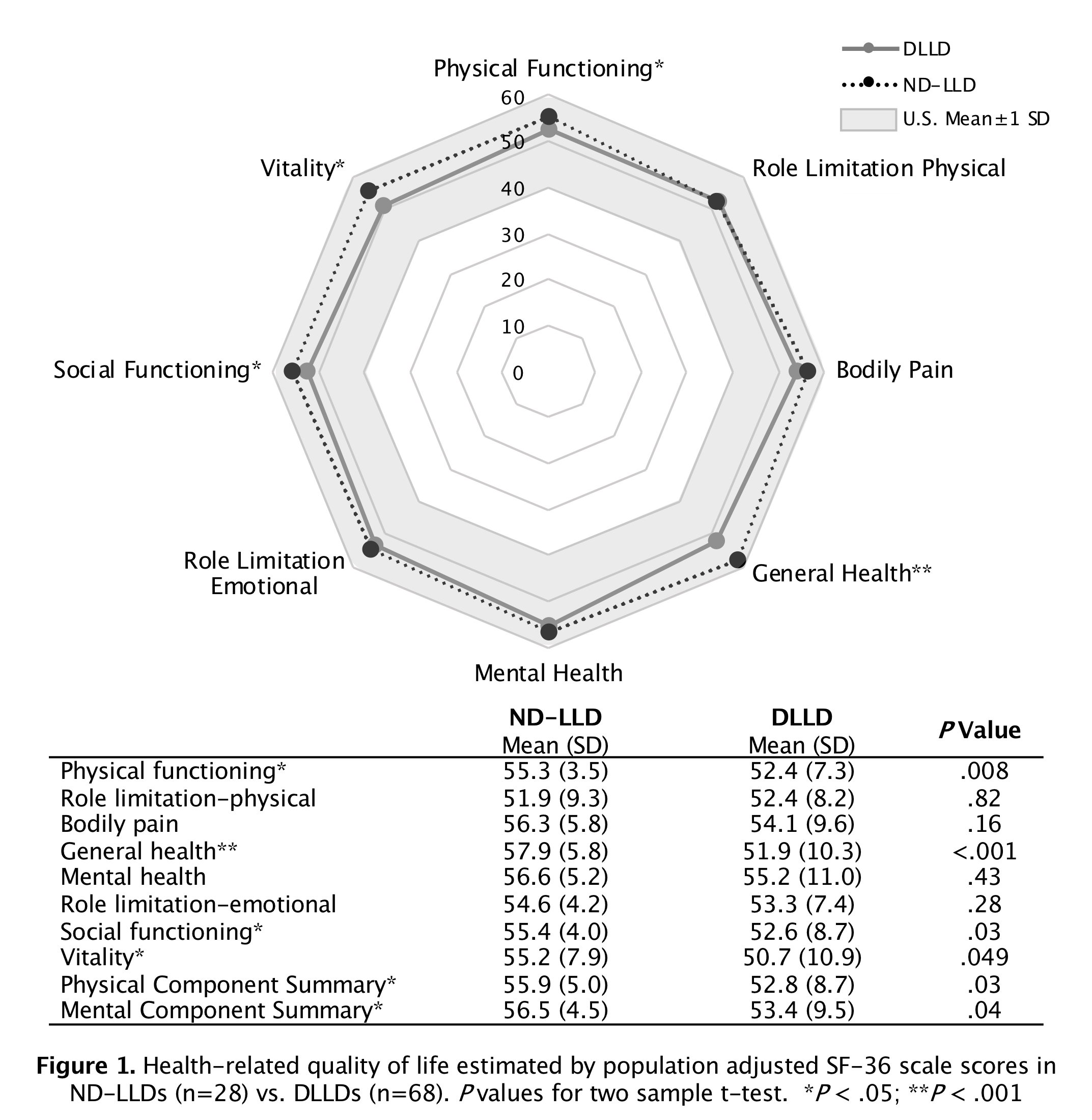Health-Related Quality of Life after Anonymous Nondirected Living Liver Donation: A Multi-Center, North American Collaboration
1Keck School of Medicine of USC, Los Angeles, CA, 2Gastroenterology, University of Colorado, Aurora, CO, 3Surgery, University of Alberta, Edmonton, AB, Canada, 4Preventive Medicine, University of Southern California, Los Angeles, CA, 5Surgery, University of Colorado, Aurora, CO, 6Surgery, University of Southern California, Los Angeles, CA
Meeting: 2020 American Transplant Congress
Abstract number: 365
Keywords: Liver transplantation, Living donor, Outcome, Quality of life
Session Information
Session Name: Liver: Living Donors and Partial Grafts I
Session Type: Oral Abstract Session
Date: Saturday, May 30, 2020
Session Time: 3:15pm-4:45pm
 Presentation Time: 3:51pm-4:03pm
Presentation Time: 3:51pm-4:03pm
Location: Virtual
*Purpose: Literature on anonymous or ‘altruistic’ nondirected living liver donors (ND-LLDs) remains sparse as living donor liver transplant (LDLT) programs continue to explore the utilization of this unique donor group. The purpose of this international, multi-center study of ND-LLDs from three high-volume centers was to assess health-related quality of life (HR-QOL) in a distinct living donor population up to 14 years post-donation.
*Methods: ND-LLDs at University of Alberta (n=12), University of Colorado (n=12), and University of Southern California (n=10) who donated between 2000-2019 were approached to respond to the validated Short-Form 36 (SF-36) and Donor Quality of Life (USC DQLS) surveys. Results from ND-LLDs were compared to a previously reported cohort (n=68) of directed living liver donors (DLLDs) followed for a mean of 11.5±5.1 years and the general U.S. population (SF-36).
*Results: Overall, 28 ND-LLDs (82%) responded with a median follow-up of 1.1 [IQR 0.4-3.2] years. Sixty-four percent of respondents were female, with a mean age at donation of 38.8±11.5 years. Fifty percent of ND-LLDs donated a left lobe, 29% right lobe, and 21% left lateral segment. Ten ND-LLDs experienced at least one post-operative complication, with only one Clavien-Dindo IIIb. SF-36 physical (P=.03) and mental (P=.04) component summary scores for ND-LLDs were significantly higher when compared to DLLDs (Figure 1). USC DQLS outcomes were similar between ND-LLDs and DLLDs. All ND-LLDs felt positive or neutral about their overall health since donation. Surgery had no or minimal impact on school or work performance in 100% of ND-LLDs. No ND-LLD indicated that liver donation impacted their health insurability. Two respondents attempted to purchase life insurance post-donation without difficulty. Remarkably, 100% of ND-LLDs reported feeling no regret post-donation.
*Conclusions: We report the first comprehensive assessment of HR-QOL in ND-LLDs at three high-volume North American LDLT centers. ND-LLDs achieve higher HR-QOL after donation at a high-volume center when compared to DLLDs and the general U.S. population. Based on this study, there is no reason to deny this highly motivated group of individuals the opportunity to donate.
To cite this abstract in AMA style:
Raza MH, Jackson WE, Dell A, Ding L, Shapiro J, Pomfret EA, Genyk Y, Sher L, Emamaullee J. Health-Related Quality of Life after Anonymous Nondirected Living Liver Donation: A Multi-Center, North American Collaboration [abstract]. Am J Transplant. 2020; 20 (suppl 3). https://atcmeetingabstracts.com/abstract/health-related-quality-of-life-after-anonymous-nondirected-living-liver-donation-a-multi-center-north-american-collaboration/. Accessed December 12, 2025.« Back to 2020 American Transplant Congress

